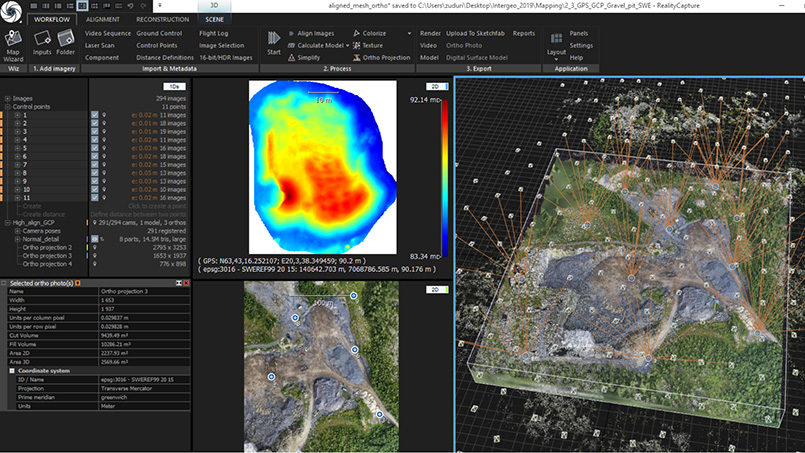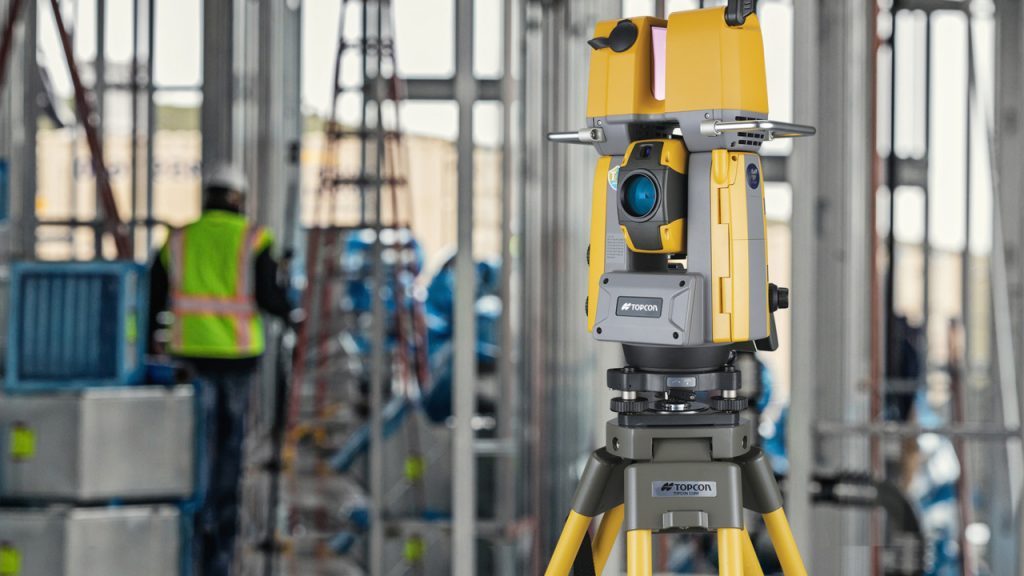

Most photogrammetric camera and scanner manufacturers provide proprietary software to bring the data gathered into a digital format for registration.

There are a number of different ways to register the cloud to geo-coordinates. Do you require fine detail or not? If you do, the cost of HD scanning, while higher than camera-based capture, could be worth it–depending on your application.

So you have to weigh capture techniques against your final product. While scanning can capture fine details such as material textures, the speed with which photogrammetry produces a point cloud is significantly faster. Both scanning and photogrammetric methods result in a point cloud. UAV’s have increased the speed of data collection, and they can carry either cameras or an aerial LiDAR unit. The three basic ways to capture terrain or built environment information digitally include High definition mobile LiDAR systems like Leica’s Pegasus systems, digital cameras using photogrammetry and terrestrial based LiDAR or 3D laser scanners. Firms must consider the processing, modeling and management phases as well to turn a point cloud into a profitable addition to workflow processes. Through photogrammetry, users can take their collected photos and run them through a pixel mapping process, generating tie points and densified point clouds, volume calculations, or even 3D meshes and contour lines.īuying a camera and a UAV will only take you so far, however. Whether capturing data with a UAV or a point and shoot camera with low-cost entry, firms continue to grow their understanding of reality capture technology and its applicability to particular markets. However, depending on project needs, a less detailed model can sometimes be more efficient as well as less expensive.Īs the Federal Aviation Administration finalizes the requirements for UAV flights, the data that drones can capture is becoming more usable–finding its way into conceptual designs as well as finals when the tolerances they provide are acceptable. Obviously, cameras do not generate as accurate a model as a high definition scanner (HDS). Today, cameras mounted on any kind of platform, for example an unmanned aerial vehicle (UAV), can take photos at high enough resolutions to create 3D models for many applications. Reality capture is not new, but like 3D modeling, it has taken some time for engineers to understand its power and justify the investment.Ģ016 is going to be a big year for professionals looking at 3D scanning and drone-based photogrammetry to see how these technologies can improve their existing workflows. The same is happening with reality capture. It took companies a long time to understand the power and efficiencies that came with switching from 2D to modeling.
#Entry price lidar for capturing reality pdf
What’s in Store for Reality Capture for 2016?Ī 1.205Mb PDF of this article as it appeared in the magazine complete with images is available by clicking HEREīuilding information modeling and 3D design are nearly standard in the building industry.


 0 kommentar(er)
0 kommentar(er)
